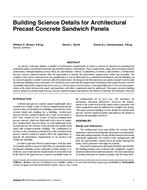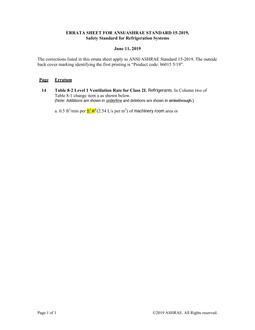Occupant control of venetian blinds or fabric roller shades can have a significant impact on facade solar transmission, with cascading implicationsfor daylight availability, energy reduction and Indoor Environmental Quality (IEQ). However, field data describing how occupants operateinterior shading devices is extremely limited, leading to theoretical assumptions for the position and frequency of operation of shades or thediscounting of shading devices entirely in simulation. This paper presents results of a 6-month field study conducted in open-plan daylit offices in aLEED Silver office building located in San Francisco, CA. In total, 78 workspaces were observed over multi-week periods to develop a data setdescribing the physical environmental conditions associated with shade operations and to collect observations of individual shade configurations.The paper compares observed behavior to existing behavioral models used in simulation and presents single-variable logistic regression modelsdeveloped from this field data. The paper concludes by discussing the implications of observed shade control behavior for existing approaches topredicting annual daylight availability and solar loads during design and for compliance with energy codes and green building standards.
Product Details
- Published:
- 2013
- Number of Pages:
- 8
- File Size:
- 1 file , 260 KB
- Product Code(s):
- D-DE-13-C013
- Note:
- This product is unavailable in Russia, Belarus


